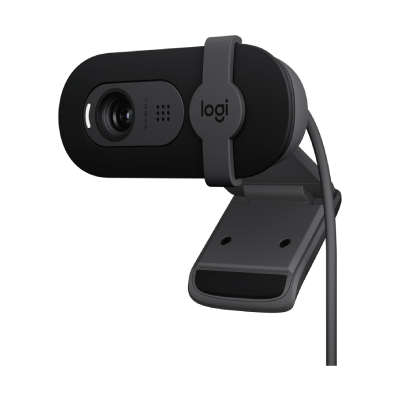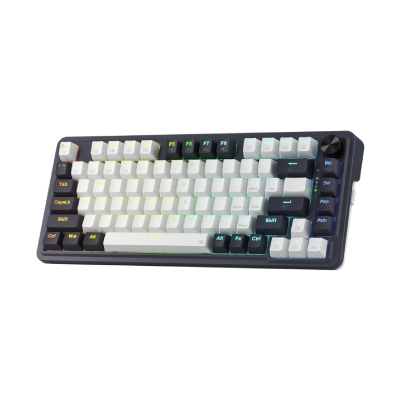Platforms like TikTok and YouTube Shorts have gained quite a lot of traction among streamers in recent years. No wonder why. Short and snappy formats with friendly algorithms that were way more likely to give their 15 minutes of fame to the newcomers instead of catering to established streaming giants played a huge role. It’s just a great way to let a new audience have a taste of what you have to offer.
After that, the introduction of streaming to TikTok and Instagram was both a blessing and a curse for many people doing broadcasts. We’ve already been dealing with tons of different streaming services before that. That’s when multistreaming came in handy. Shhh, we won’t tell Twitch you multistream. The streaming scene is already competitive enough so maximizing your reach is only fair.
With the introduction of vertical streaming on YouTube there is even more relevance to making your vertical broadcasts look good. YouTube Shorts is an entirely different feed so making sure your lives are also available there is important for broadening your outreach.
But making short videos and multistreaming to platforms like TikTok and YouTube requires a lot of additional time and effort. Well, at least it used to be that way before the introduction of Aitum Vertical.
With it, you can rearrange all the elements you already have in your existing OBS scenes to fit a portrait format and smaller screen sizes perfectly. Now both vertical streaming and taking clips are as easy as it would be on Twitch.
Note: For more OBS plugin recommendations, check out the article 10 Best Plugins for OBS.
The setup process is really easy. You just need to make sure you have OBS 29 or newer installed.
Visit this link to download the plugin: Aitum | The best automation tool for streamers

Follow the steps in the installation window.
Done! You can open your OBS with a bunch of new docks for vertical streaming.

By the way, if any element of this vertical setup is missing make sure to enable them in the Docks tab of your OBS.

In your vertical preview window you may see four options:
Stream vertical
Record vertical
Backtrack clip vertical
Vertical virtual camera (analog of Start Virtual Camera in the vanilla OBS)

There is also a configuration button in its bottom right corner to tweak those options to your needs. You can change how long of a backtrack clip you can take and on what hotkey. This is perfect for keeping exciting moments instantly after they happen and posting them later in vertical form with minimum to no editing.

Your Vertical Scenes and Vertical Sources act as twins of your regular Scenes and Sources windows respectively. Basically, any time you want to add a Vertical Source you have an option of adding a new one or referencing the one that is already present in your regular Sources. You can also link Vertical Scenes to your regular ones. By doing this you’d be able to switch between corresponding scenes in landscape and vertical OBS simultaneously.

Granted, this probably won’t fully replace a well-edited and skilfully cut snappy short video you could make manually but sure does help capture great moments that are in a format suitable for TikTok and YouTube shorts with the press of a button. And don’t get us started on the dramatic difference it makes for your vertical streams. It’s 15 minutes that could potentially save you hours in the future.



